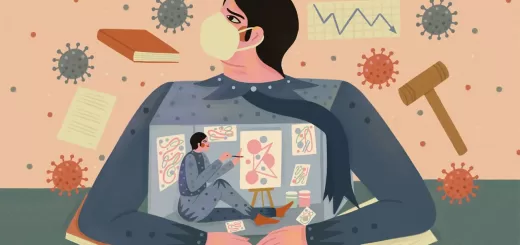Awareness is Empowerment for Women
by P. Banerjee,
During a special address on the occasion of International Women’s Day at the MS Swaminathan Research Foundation in Chennai recently, V Amuthvalli, Director of Social Welfare, Government of Tamil Nadu pointed out women will be empowered only when she is aware of her rights.

women empowerment
Sharing their experiences on various projects to empower women in villages across the country, experts from various fields stressed on the need and deliberated on ways to give more power to women in rural areas.
Farhat Saiyed, a nutrition specialist from UNICEF-Tamil Nadu and Kerala, said that 50 percent of women elected as sarpanch were not aware of their rights. While their husbands and brothers took charge of the work, the women acted only as proxy-leaders. “Media has a major role in creating awareness among these women,” she added.
But on the positive side, the participation of women in the electoral process during March 2014 boosted their self-confidence and made women farmers challenge domestic violence. Women farmers’ groups across 27 villages in Maharashtra took the initiative to stop the production of illicit liquor as well as sale of any liquor in their villages. More power was given to women as thirteen were elected as Sarpanch, three as Deputy Sarpanch and 56 were elected as members of Gram Panchayats.
In this direction, Mahila Kisan Sashaktikaran Pariyojana (MKSP), a programme for empowerment of women farmers in Vidharba district of Maharashtra initiated in 2007 as a response to the agrarian crisis and large number of suicides by farmers in Vidarbha, helped more women to come forward and actively engaged in agriculture.
Sharing this success story, R Rukmani, Director of Food Security, MSSRF, said that MKSP empowered women to a large extent.
In the seminar discussion, organised by Leveraging Agriculture for Nutrition in South Asia (LANSA) at MSSRF on March 10, Professor M S Swaminathan opined that increased self-esteem of women due to institutional interventions led to women empowerment in many parts of the country. Sharing his concern that in spite of many women empowerment initiatives India had the highest number of malnourished children, he stressed that it is high time to learn from any intervention which helped to solve a social problem.
Exemplifying Kerala as one of the positives of the initiatives, Prof. MS Swaminathan added that the state performed exceedingly well in reducing the infant and child mortality rates.
#LANSAIWD2017 @mssrf seminar @msswaminathan concluding remarks: Increased self-esteem of woman a starting point for #WomenEmpowerment pic.twitter.com/c3TQI3TgF2
— LANSA (@LANSAresearch) March 10, 2017
Nitya Rao, project coordinator of LANSA, highlighted the limitations of the Draft National Policy for Women 2016 and National Policy for Farmers.
Farhat Saiyed also stressed on the importance of first 1000 days for the nutrition of a child based on UNICEF’s work on child nutrition in the interior villages of Kerala and Tamil Nadu.
LANSA launched its short animation film ‘South Asia: Women in Agriculture- the Nutrition Connection’ at the programme. The film is based on the research evidence generated by LANSA researchers since its inception.
With half of the world’s farmers being women, and in South Asia, women are involved in almost all stages of the agricultural process according to Food and Agriculture Organisation of the United Nations Organisation more focus must be given to women farmers through awareness initiatives as they play a major role in nutrition and overall development of the family.
In this regard, S Velvizhi, coordinator for Fish for All Training Centre of MSSRF, shared the initiatives of Fish for All Training Centre set up in 2009 to empower fisherwomen in Tamil Nadu through the launch of Women Fish Traders in Bangalore, the community fish culture, training center for coastal communities, certificate courses for New Fishing Technologies, ‘Fisher Friend’ mobile application and 24/7 help line facility. These initiatives not just empowered women but also addressed issues like poor income, lack of women friendly technologies, division of labor and wage discrimination, lack of training opportunities, low literacy rate, and restriction from the family to go for work.




